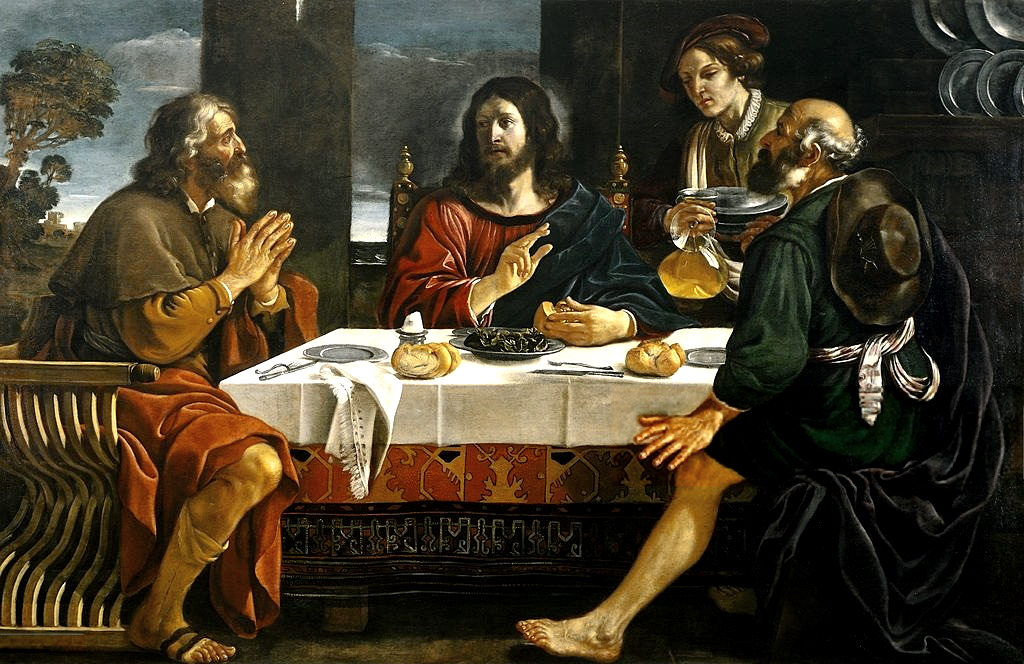Acts 2:14, 22–28 / Ps. 16:1–2, 5, 7–11 / 1 Pt. 1:17–21 / Lk. 24:13–35
We should put ourselves in the shoes of the disciples in today’s Gospel. Downcast and confused, they’re making their way down the road, unable to understand all the things that have occurred.
They know what they’ve seen: a prophet mighty in word and deed. They know what they were hoping for: that he would be the redeemer of Israel. But they don’t know what to make of his violent death at the hands of their rulers.
They can’t even recognize Jesus as he draws near to walk with them. He seems like just another foreigner visiting Jerusalem for the Passover.
Note that Jesus doesn’t disclose his identity until they describe how they found his tomb empty but “Him they did not see.” That’s how it is with us, too. Unless he revealed himself we would see only an empty tomb and a meaningless death.
How does Jesus make himself known at Emmaus? First, he interprets “all the Scriptures” as referring to him. In today’s First Reading and Epistle, Peter also opens the Scriptures to proclaim the meaning of Christ’s death according to the Father’s “set plan,” foreknown before the foundation of the world.
Jesus is described as a new Moses and a new Passover lamb. He is the One of whom David sang in today’s Psalm, whose soul was not abandoned to corruption but was shown the path of life.
After opening the Scriptures, Jesus at table took bread, blessed it, broke it, and gave it to the disciples, exactly what he did at the Last Supper (see Luke 22:14-20).
In every Eucharist, we reenact that Easter Sunday at Emmaus. Jesus reveals himself to us in our journey. He speaks to our hearts in the Scriptures. Then at the table of the altar, in the person of the priest, he breaks the bread.
The disciples begged him, “Stay with us.” So he does. Though he has vanished from our sight, in the Eucharist — as at Emmaus — we know him in the breaking of the bread.

